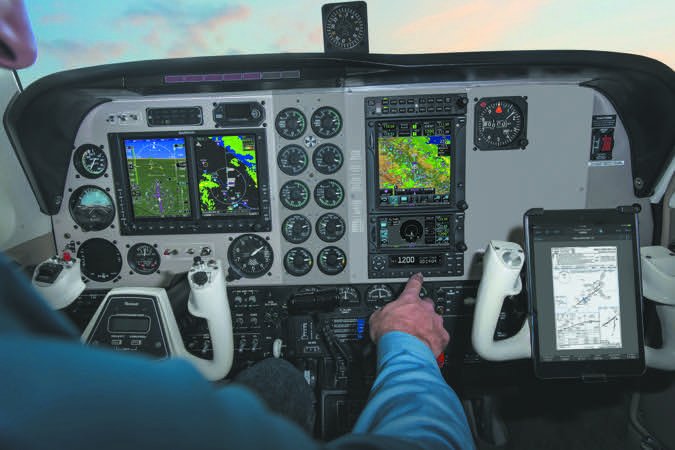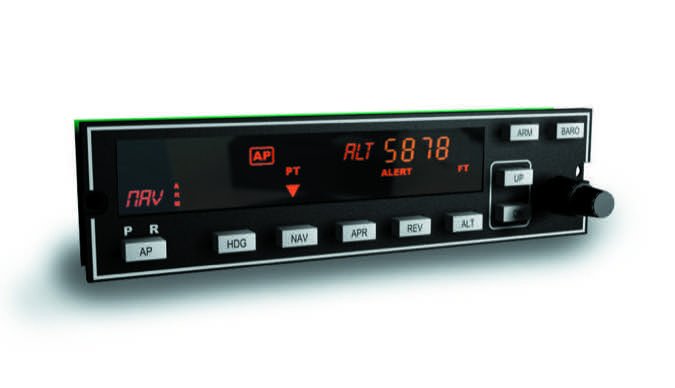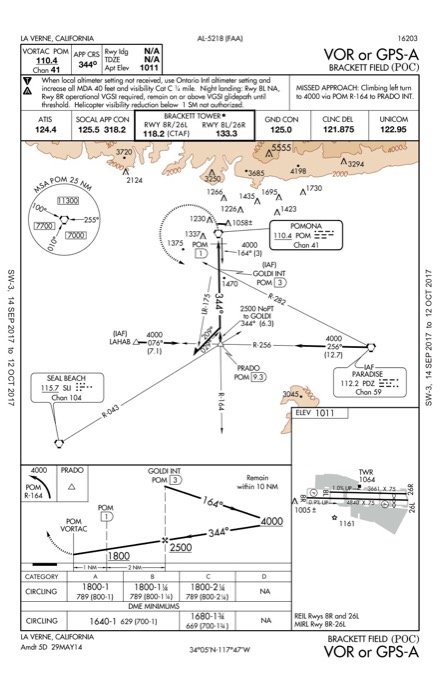TAA Ruin Your Scan?
I am pretty much all in with all the latest wizbangs—syn vis, AOA, MFD, ADS-B In etc. in my V-35B, plus of course the great PFD. All this works perfectly with my legacy autopilot and it will take me wherever I want.
I too discovered that I was really getting sloppy with my hand flying in challenging conditions and resolved to make letting George fly the exception. Sometimes we split the route where I fly out George flies back. I like flying the airplane and becoming more aware of all that I have on display in front of me, but it does take more effort and concentration.
It dawned on me the other day that I flew more consistent approaches back when it was dual nav-coms, DME and ADF. That is not as it should be.
I live in somewhat splendid isolation when it comes to this aspect of my life. So, I am very grateful for the good work you do in putting out a quality publication month after month. I look forward to IFR .
Alvin Jones
Roswell, NM

When I flew airliners, I developed a personal technique that I still use today to help me stay reasonably capable when hand flying: Unless the weather is truly poopy, I’ll hand fly to cruise and from cruise to landing, but I do let George take the controls en route for the boring parts. Splitting legs like you do is another answer.
I find, though, that with even a trip or two a month, I almost never get to fly an approach in serious weather. Thus, I’ve really got to supplement my hand-flying with a few approaches in a sim. If we’re honest with ourselves, this is probably true for most of us. —FB
Been thinking a lot about scan recently, so Frank Bowlin’s article in August was timely. In my case, it’s within the context of downsizing.
I suppose it comes to us all, even as pilots. In my case, a shared C172 after 20 years of flying my own Commander 114TC. I have learned that getting there is now almost twice the fun at 110kts after 160kts. There is certainly more time to think about things, and almost nothing to do immediately after takeoff except establish a steady climb and keep the ball centered without the help of a yaw damper.
Getting used to a new panel takes time—the 172 still has steam gauges with one GNS 430—but my biggest challenge has been moving from a three axis autopilot to a single-axis KAP 140. I hear you cry, “Lucky to have one at all.” “Good to get back to hand flying,” etc. Well maybe, but part of the utility of the Commander was to be hands free for extended periods. Yes, I was always scanning, but principally the DG and altimeter.
The Cessna needs my eyes and hands at all times. That means only one free hand, and divided eye time. It is indeed back to fundamentals.
We were all taught the constant six pack scan in basic instrument training, adding in at least one VOR/GPS head. I have rediscovered that it’s tiring work especially with aging eyes. The KAP 140 certainly lightens the workload, and I find myself focusing more on the VSI and altimeter, with the AI as confirmation, double checking DG and GPS from time to time. Maintaining altitude is a constant challenge, but I have learned to use the center of the yoke to avoid accidental disconnects.
In some ways, it’s good to be back to basics, though copying new clearances is still a huge distraction!
John W. Ward
Brewster, MA

Interesting observations, John.
In my life I went from a typical rental Cessna to my own Mooney with no autopilot and then to an airliner and my own Cessna 340 that’s very well equipped by today’s standards. So, yes, I’m spoiled by automation and, probably like most of us, do find the return to non-automated flight to be daunting. But, as you say, it’s good to go back to basics, so I do so frequently.
We should all endeavor to fly our current TAA as well as we flew the bird we used to get our instrument ratings. —FB
Not So Basic Med
Can’t hold this in any longer. BasicMed is not a win. The original dream was to fly on drivers’ licenses. BasicMed has converted the process from a form and a doctor visit to a form, a video, a test, a doctor visit and educating our doctors about this new process. The medical examination is just as detailed as it was before, if not more so (depending on the thoroughness of your doctor). The only improvement is a four-year doctor-visit cycle from two. Everyone needs to stop drinking the BasicMed-is-better Kool-Aid.
Like everything, different users will have different experiences. My view comes from my experience and I tend to boil things down to common denominators.
For me the number of steps more than doubled, and the exam, while successful, was much more stressful because my doctor followed the instructions to the letter, checking off all items on the new, very long list.
This contrasted with my typical AME experience, which was to have an assistant rip through the vision and hearing stuff and then for the doctor to come in, kick the tires and sign the form. I was more fearful of failing this last exam than I’ve ever been of failing an AME exam. I always adhere to IMSAFE anyway, but for me using BasicMed, the process is now more cumbersome and risky.
James Shepard
Palm Coast, FL
James, thanks for the feedback and for sharing your experiences. I think you’ve hit on something we all should consider. Please see my “Remarks” on page 2.
There is one thing, though, that we shouldn’t overlook. An FAA medical exam is pass/fail, and if you fail you’ll have months if not years of jumping through hoops to recover, even from a transient condition. BasicMed is pass/no pass. If you don’t pass, the FAA doesn’t know and you can try again, even with a different doctor, until you do pass. —FB

Can’t Turn That Way?
Although informative, “Which Way to Turn” in August left me confused.
I occasionally fly into Bracket Field (KPOC). SOCAL controls things after the tower closes and usually assigns the VOR or GPS-A approach to Runway 26 Left.
Looking at the approach, there is no indication that a right turn after crossing the VORTAC and/or the west end of 26L is allowed when shooting the approach to minimums. Do they really expect you to cross over the field and make the left turn all the way around to left traffic for Runway 26L, while dodging all those obstacles so close to minimums? How else can you land on 26L?
Ronald Hays
Santa Barbara, CA
There is no notated or diagrammed restriction for any turn to land. Perhaps you’re confusing the missed-approach dotted and curved arrow that begins at POM as an indication you can only turn left to a runway. That’s just for the missed. If the designers didn’t want you to land on a 26 via a right turn to left downwind for 26L or right turn directly onto a right downwind for 26R, there would be such a note.
Like most airports with parallel runways, Brackett traffic patterns are outboard of the respective runways. Thus, Runway 26L is left traffic. So, once you break out you can fly the pattern appropriate to the runway you’re using. In this case, turn right to enter a left downwind for Runway 26L.
We read ’em all and try to answer most e-mail, but it can take a month or more. Please be sure to include your full name and location. Contact us at [email protected].





